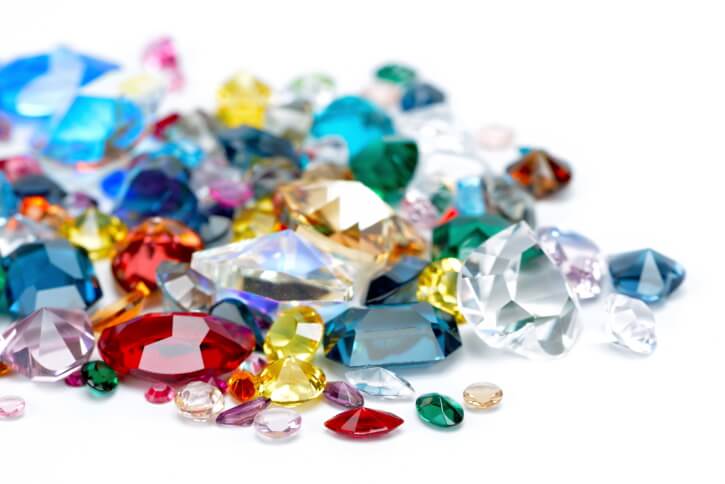
If you’re interested in gemology and you want to know your refractive index from your gemstone luster.
And if you’re interested in gemstone terminology, setting stones, and creating your jewelry with them, you’re in the right place. Here are the Gemstone Terms For Starters.
Use our gemstone terms for the starter’s guide below and get to know more about your craft.
Gemstone Basic Terms: How to refer cut, shape, and weight
In this section, you’ll discover several technical ways to refer to gemstones when talking about their physical appearance, worth, and shine.
1. Carat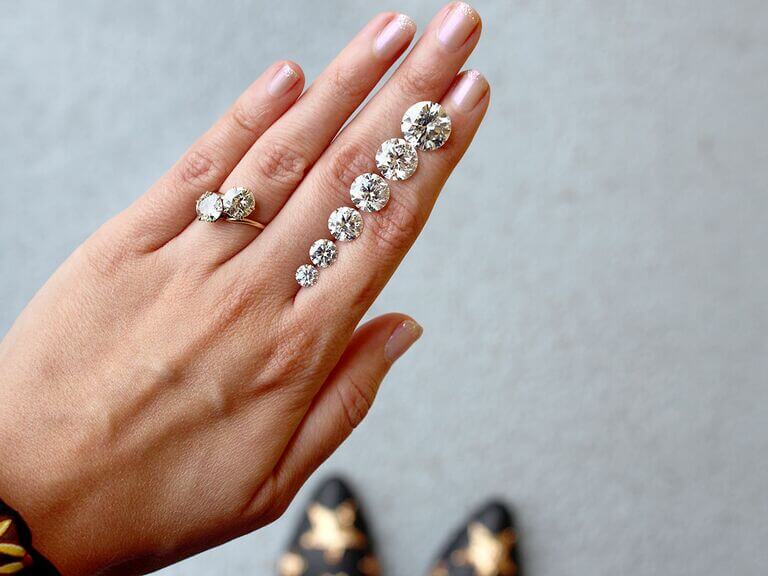
Carat refers to the mass of a gem and subsequently describes the value of the stone – the bigger the carat, the more expensive the stone.
2. Inclusions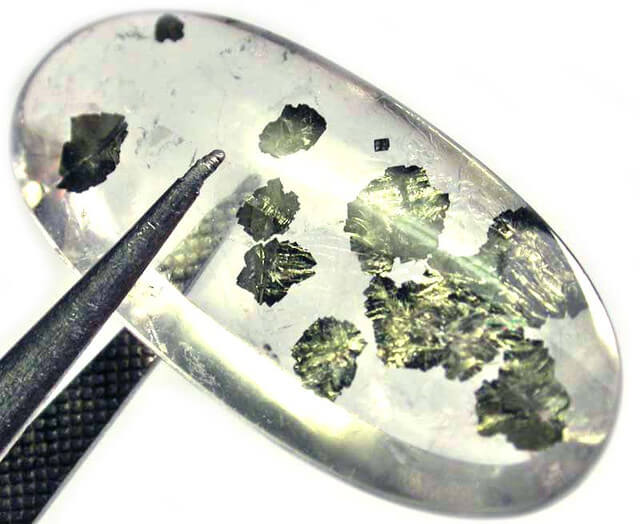
An inclusion in gemstones can be a fracture or bubble found within a gem that occurs as the stone forms over time.
Inclusions can mean that the stone itself devalued. However, they can also add more depth and color to the stone, making your jewelry piece more exciting and unique.
3. Lustre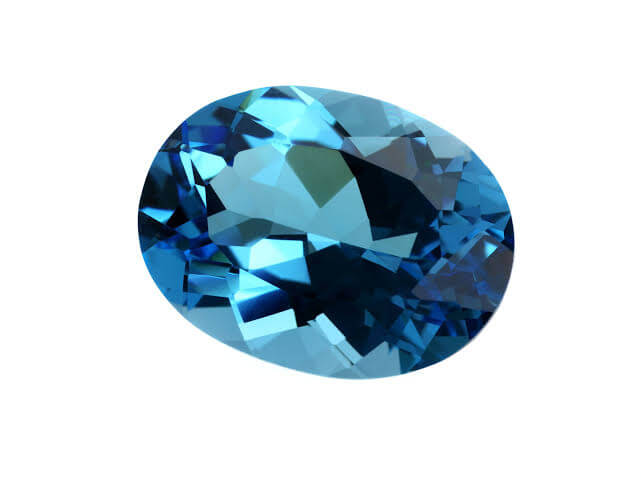
Lustre refers to the way the light reflects off a gemstone, and the quality of light reflected.
This affects the appearance of the stone itself. It classified by certain factors, such as the angle at which light hits the surface and the refractive index of the stone.
4. Refractive index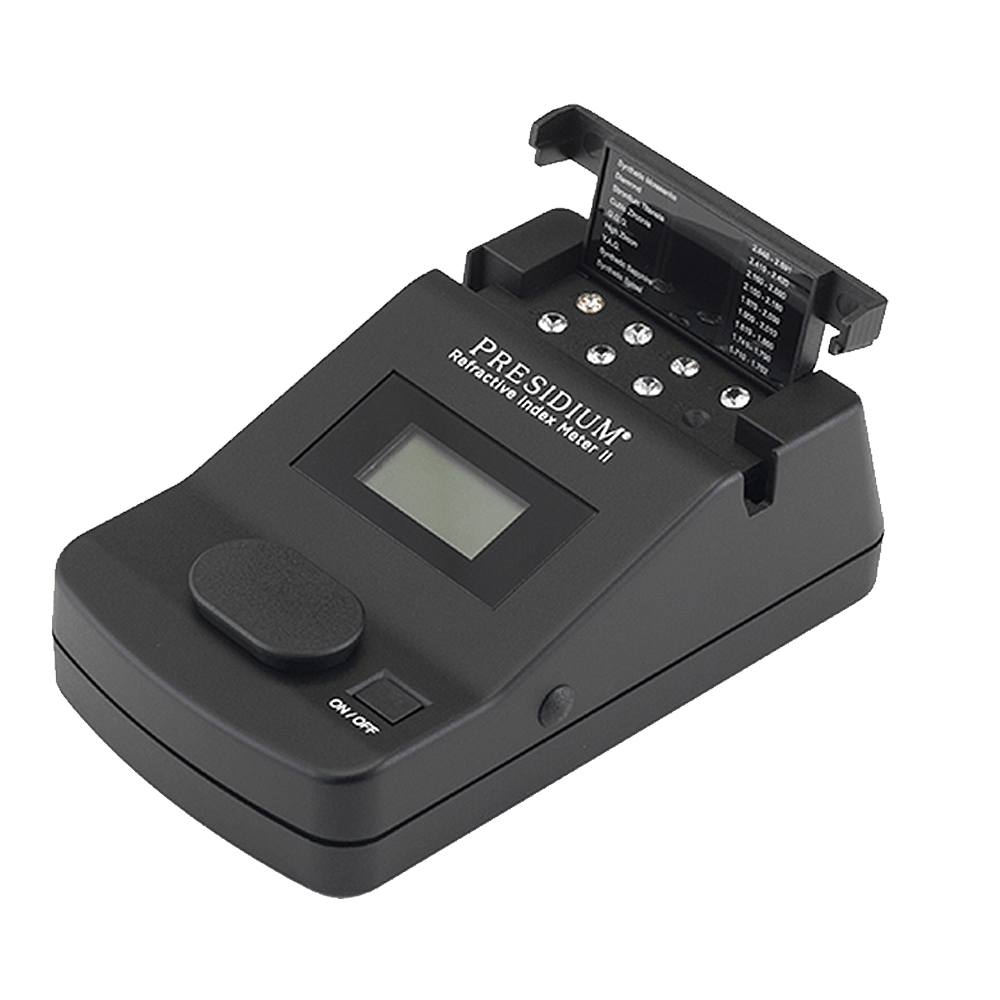
The refractive index is a measurement scale that determines how light passes through a mineral.
When you look at refraction on a more specific, scientific level, it’s the bending of the light as it passes through a dense substance (the gemstone), slowing down and creating a beam of light at a different angle.
5. Gemstone’s Fire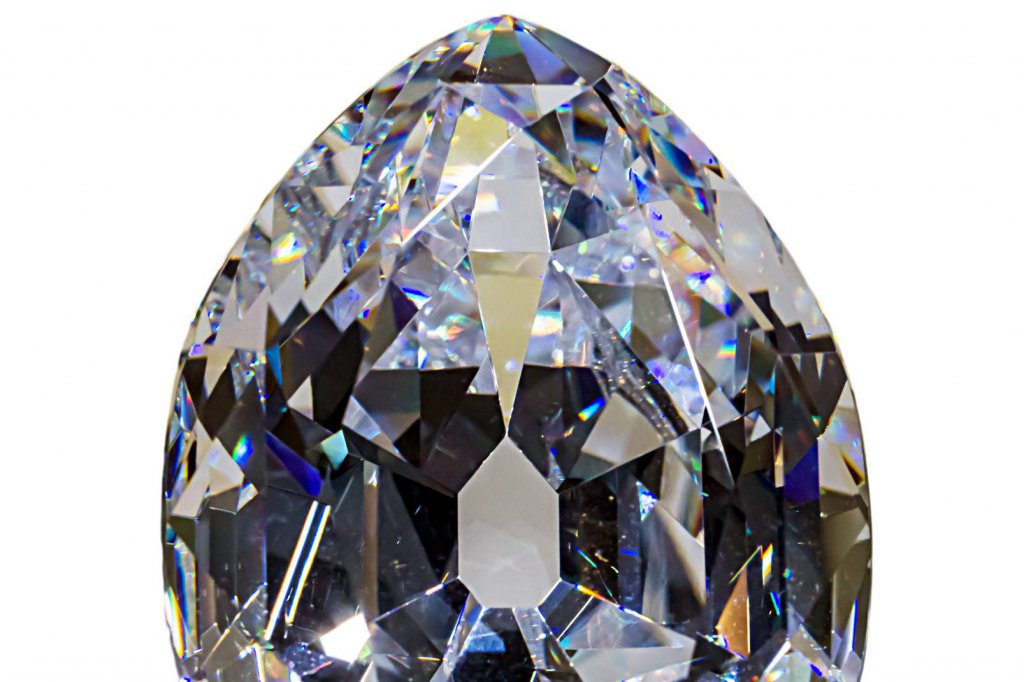
Ever heard a jeweler talk about a gemstone’s fire?
It refers to the way that a gemstone splits white light into a rainbow of colors as it passes through the stone.
This is also known as dispersion and most commonly seen in diamonds.
6. Mohs hardness scale
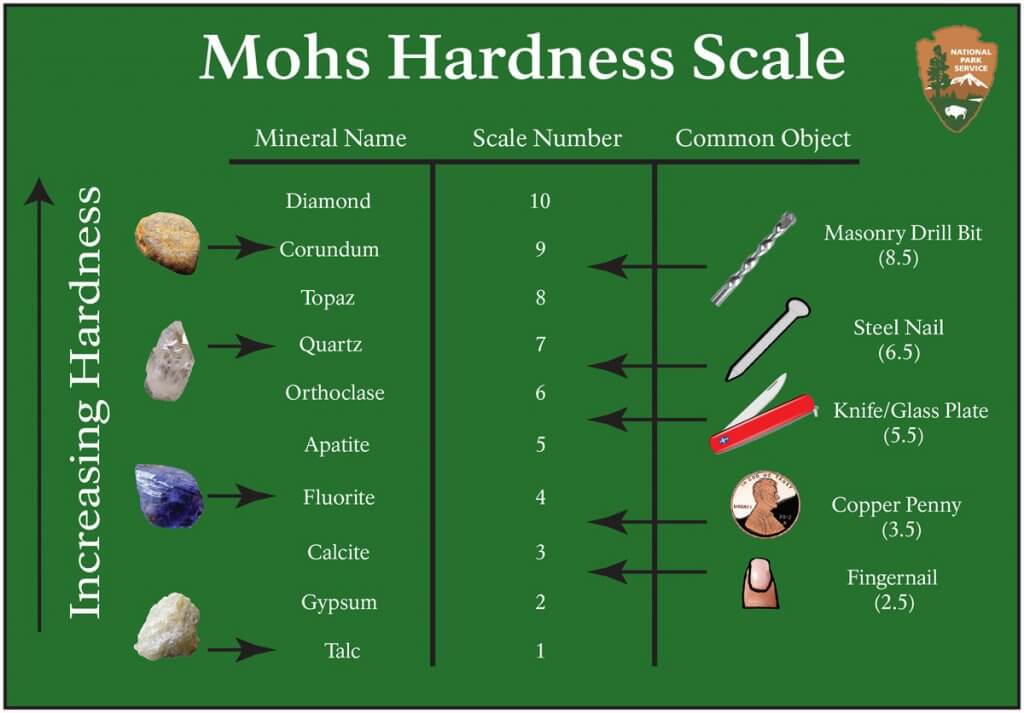
It’s a useful term to get to know in the jewelry making the world as it refers to the hardness of a gemstone or mineral, and how resistant it is to being scratched when exposed to other substances.
What is a faceted gemstone?
A faceted gemstone is cut to feature several flat surfaces laid out geometrically to allow the stone to refract light in the most effective way possible, making it gleam and appeal to customers. Learn more about other Gemstone Terms for Starters.
Each flat surface cut into the stone is known as a facet, and depending on where it sits on the stone.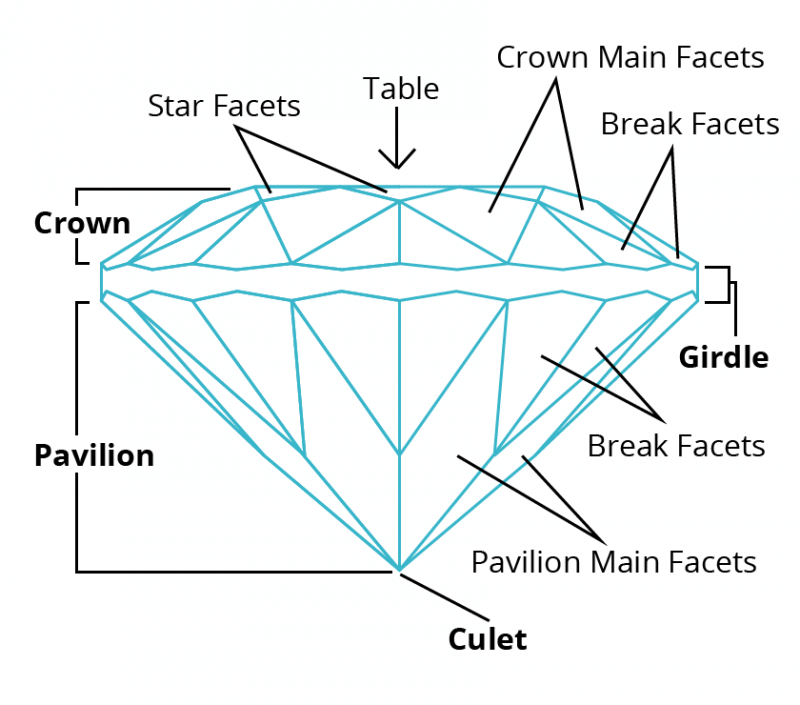
Main facets
Mains are the largest facets cut into a gemstone, usually connected by the table facet.
Table facet
The table facet refers to the large flat aspect on the top of the stone and is often known as the window into the stone itself.
Pavilion facet
This type of facet is cut into the gemstone to reflect light to the customer, enhancing the brilliance of the stone as the light shines through.
Break facet
Break facets are usually connected to the girdle of the gemstone, dispersing tiny beams of light from the center point of the stone.
What are the different characteristics of gemstones?
Table
This is the widest point of the gemstone and usually where a claw setting will sit to make the most of the gemstone’s brilliance.
Crown
The crown is the part of the stone between the table and the girdle, which usually sits just above a claw setting.
The term ‘table’ used to describe the flat top of the crown.
The crown of a gemstone typically raised, though some crowns may be cut very high, flat, or even concave.
Girdle
The mid-line of the stone. It is the widest point of the circumference of a gemstone.
It is the perimeter of the stone that separates the gem’s pavilion from its crown. Also usually the point where a stone held when examined.
Girdles may be described as “thin” or “thick”, or they may be more precisely specified as a percentage of the stone’s diameter.
Pavilion
The pavilion is part of the gemstone that stretches from the girdle down to the tip of the stone.
Possibly cut and faceted in may different styles.
Culet
This is the very tip of the stone. The pavilion of stone usually cut with a culet facet.
However, not all gemstones cut with a culet. Many colored stones are cut to form more of an edge rather than a single point – often referred to as ‘keel-line’.
But when it comes to evaluation and grading, a keel line and a culet considered the same.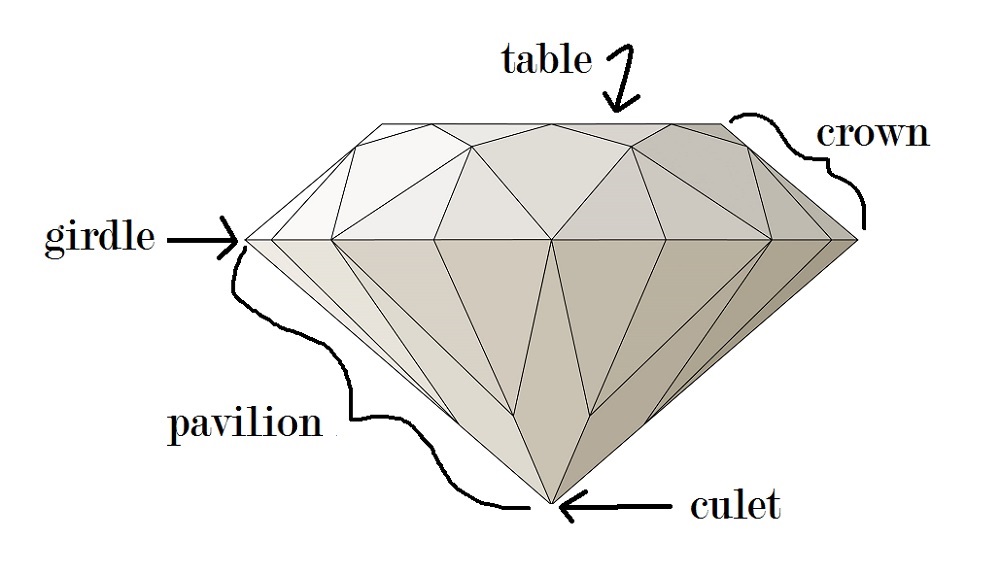
Now you know your way around a gemstone and could hold your own with any gemologist. Check out our business advice hub if you’re looking for guidance in learning more about gemology. Gemstone Terms for Starters.
Share this post

